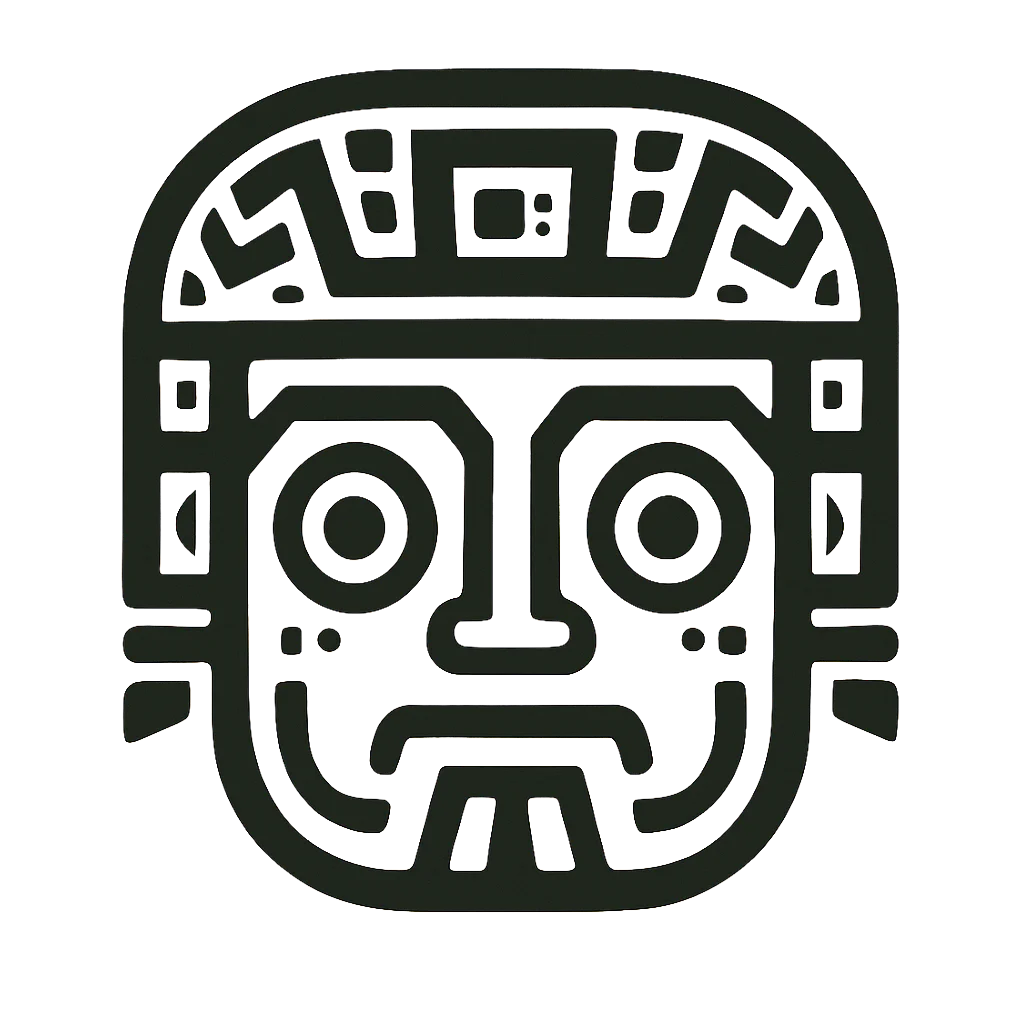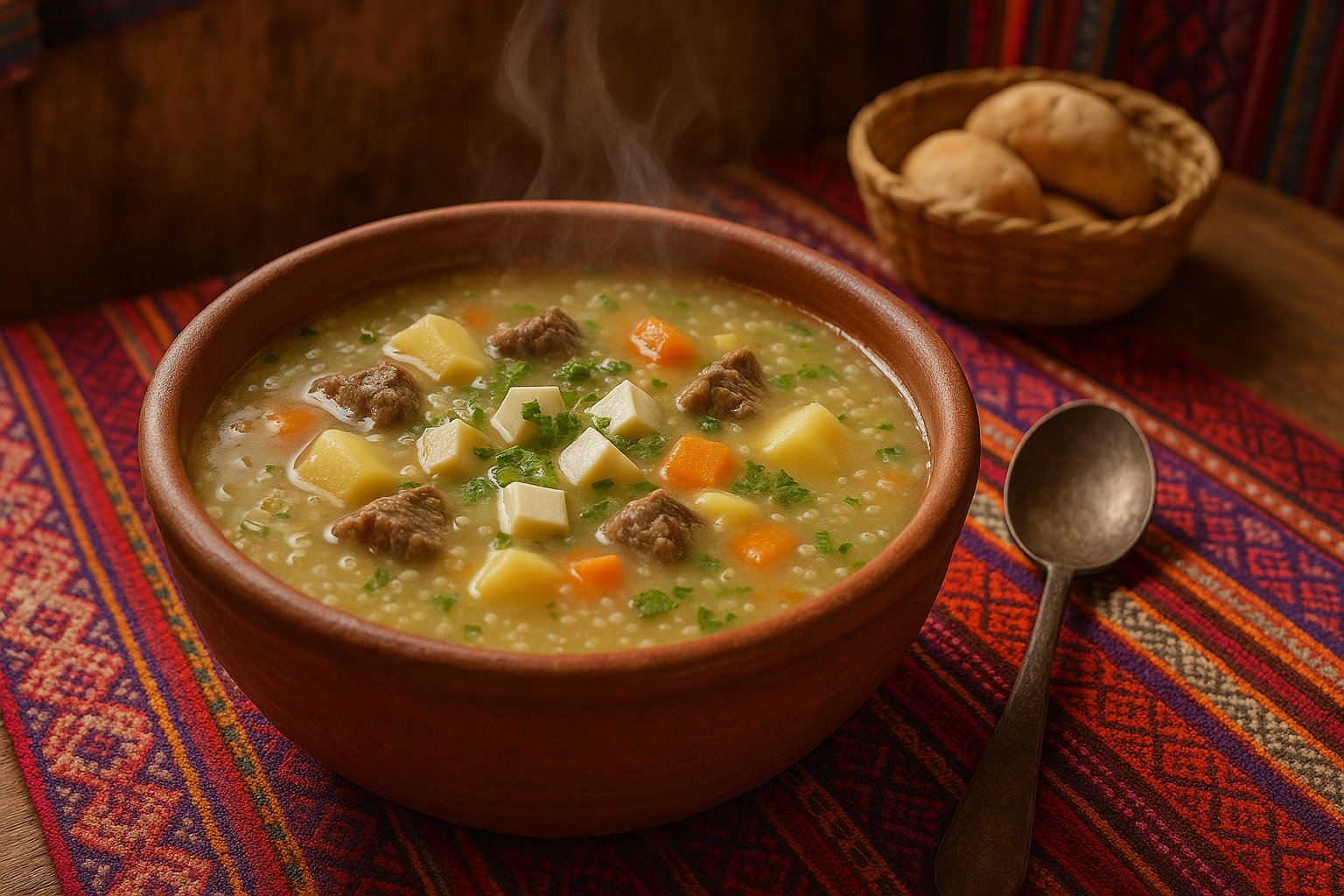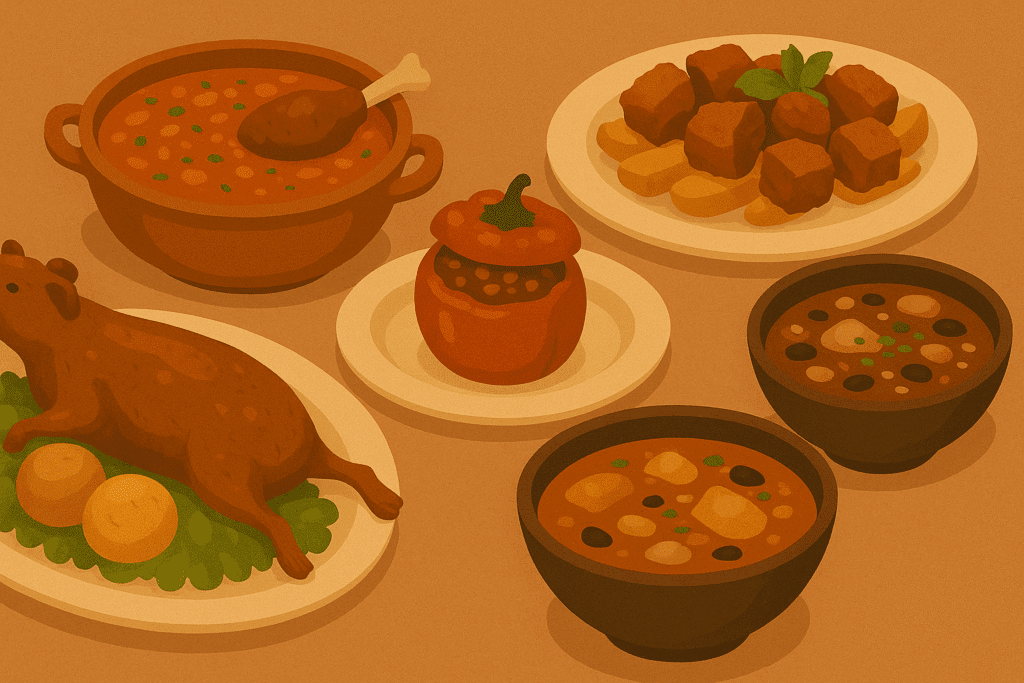Quinoa soup is a comfort food and a living legacy of the Andean people. This simple yet powerful dish combines local ingredients with traditional techniques and has been an essential part of the diet in Peru's highlands for centuries.
The name says it all: it is a soup made from quinoa, the so-called “golden grain of the Andes”. Its preparation combines the grain with vegetables, Andean herbs and, in some versions, meat, resulting in a complete and energizing meal.
The word "quinoa" comes from the Quechua words kinuwa or kinua. Its presence in the diets of high Andean peoples dates back to pre-Incan times.
📜History
Although quinua has been cultivated for more than 5,000 years by cultures such as the Pukara, Nazca, Tiahuanaco, and Inca, the "soup" format we know today emerged after the Spanish arrived and integrated new European culinary techniques.
Thus was born this mestizo dish, which combines ancestral agricultural wisdom with European techniques. Since then, quinoa soup has become a staple food in regions such as Cusco, Puno, Ayacucho, Huancavelica, and Apurímac.
🤔 Quinua Curiosities
- Quinua soup is gluten-free, ideal for people with celiac disease.
- It is recommended if it is your first day in Cusco, as it is light and helps with acclimatization.
- In high Andean communities, saponin extracted from quinoa washing is used as a natural soap.
- In the 20th century, it was undervalued in cities due to social prejudice. Today, it is a symbol of cultural and nutritional revaluation.
- It is commonly prescribed in cases of anemia, thanks to its iron and B complex vitamins content.
🔬 Nutritional Value of Quinua
- Complete proteins: quinoa contains the 9 essential amino acids.
- Fiber: improves digestion and satiety.
- Sustainable energy: thanks to complex carbohydrates.
- Key minerals: iron, magnesium, phosphorus, zinc.
- Vitamins: B1, B2, B6, vitamin E and folate.
When combined with potatoes and beans, it becomes an ideal dish for those with heavy physical demands or those seeking a balanced diet.
📍 Culture and Symbolic Importance
When combined with potatoes and beans, it becomes an ideal dish for those with heavy physical demands or those seeking a balanced diet.
- In the high Andean areas it is eaten as breakfast or lunch.
- Sunday gastronomic fairs in Saylla or Lucre.
- Special dates such as Christmas and New Year.
It symbolizes abundance, celebration and family union.
📌 Ingredients
This dish needs time, patience and love, like any good tradition.
| 🛒 Ingredients | 📌 Quantity for 4 diners. |
|---|---|
| Quinua | 3/4 |
| Water or broth (vegetable or chicken) | 1 lt |
| Chopped onion | 1 |
| Garlic cloves | 2 |
| Carrot cubes | 1 |
| Medium potatoes | 8 |
| Peas/Broad beans | 75 gr (media taza) |
| Beef chunks (beef, chicken) | 300 gr |
| Salt | to taste |
| Pepper and other herbs | (optional) |
🍲 Preparation
- Heat 1 tablespoon of oil or butter in a medium saucepan. Add the onion and garlic and sauté over medium heat until golden brown and fragrant, about 4 to 5 minutes.
- Add the carrots, peas, and potatoes. Stir well to coat them in the sofrito. Cook for 2-3 minutes until they begin to soften.
- Rinse and drain the quinoa thoroughly to eliminate the bitter taste of saponin. Add hot water or broth. For a thicker version, use less liquid. For a lighter version, add more liquid at the end.
- Cook over medium-low heat for 25 to 30 minutes, stirring occasionally. The quinoa will open up like a spiral, and the vegetables will be soft.
- Adjust salt and pepper. Add chopped Andean herbs such as huacatay or muña, if available.
Serve hot. To enhance the flavor, you can add crumbled fresh cheese, a hard-boiled egg, or a few drops of lemon juice.
👨🍳👩🍳 Quinua Food Variants
- Quinua Mate: hot and thick drink that is usually taken as breakfast in the streets of Cusco.
- Quinua Stew Quinua cooked with spices, served as an accompaniment to stews.
- Quinua Soup with Milk: milder version, typical of Puno and Huancavelica.
- Vegetarian version: With oca, mashua, loche squash or Andean spinach.
✨ Conclusion
Quinua soup is much more than a recipe: it is the expression of a resilient culture, a nutrition based on ancestral knowledge, and a dish that has crossed generations and borders.
🌄 Si visitas el Perú, probar una sopa de quinua bien hecha es saborear la historia viva de los Andes.





